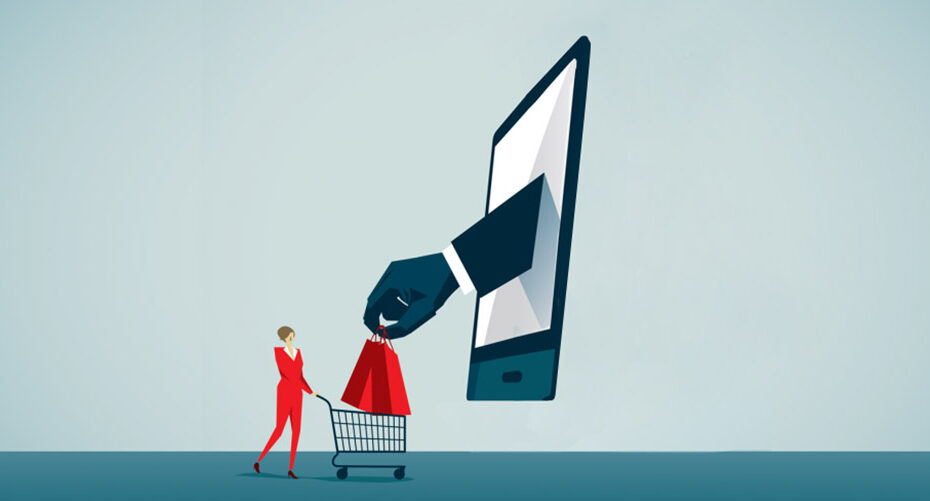L’aria di cambiamento che da qualche anno si respirava nel mondo del retail è diventata realtà: la pandemia da Coronavirus ha accelerato un’importante trasformazione nel segmento della vendita al dettaglio, imponendo nuovi trend di acquisto e di consumo che, molto probabilmente, rimarranno sedimentati nella nostra cultura anche dopo la fine dell’emergenza sanitaria.
Anche i più affezionati al commercio old school devono arrendersi all’evidenza: il futuro che ci aspetta ha poco a vedere con il passato a cui siamo stati abituati. Meglio reagire ed adattarsi alle novità, che da oggi in poi saranno normalità.
Come dobbiamo comportarci, dunque, per riemergere nel mondo retail e sopravvivere alle ondate di innovazione?
Qualche spunto arriva dalle previsioni di Harley Finkelstein, COO di Shopify, una rivoluzionaria piattaforma di e-commerce per le imprese, utilizzata da oltre 800 mila negozi in tutto il mondo.
In una recente intervista pubblicata da Quartz, il manager ha previsto quali, secondo lui, sono i trend retail imposti dall’era Covid che cambieranno, forse per sempre, il nostro modo di vendere e comprare.
Cavalcare le trasformazioni del retail: ecco i 3 trend da tenere d’occhio
Secondo Harley Finkelstein il comportamento d’acquisto dei consumatori e il loro approccio verso le marche sono cambiati definitivamente.
Ecco le 3 evidenze da non sottovalutare:
1. Agite per il bene della comunità e sarete ripagati
Una prima lezione che vale soprattutto per le piccole realtà e per i business indipendenti è che i clienti non cercano più solo prodotti di qualità, ma sposano la filosofia e si mostrano bendisposti (tradotto: aprono il portafoglio) verso brand e insegne retail in grado di comprendere e soddisfare i bisogni concreti della clientela. Primo fra tutti, in questo periodo, quello di fare acquisti in sicurezza e convenienza, senza chiedere al cliente – già provato dalla paura e dalle restrizioni – troppi sforzi o compromessi. Massima sensibilità anche al supporto della comunità locale e alle cause etiche: mostrate attenzione verso i bisogni altrui e otterrete vantaggi sotto il profilo della reputazione e dei ricavi.
2. L’online non è più un’opzione
Piccole botteghe, negozi di quartiere, fornitori di servizi: se pensate che il mondo dello shopping online non vi riguardi, vi sbagliate. Le restrizioni alla mobilità, i lunghi periodi di lockdown e la ricerca di sicurezza, attraverso il distanziamento interpersonale, hanno imposto un reshuffle nel modo di vendere e comprare.
E se è vero che i negozi fisici rimarranno, è altrettanto sicuro che da soli non saranno più in grado di resistere e che la presenza sul territorio dovrà essere ripensata all’interno di una più ampia strategia commerciale.
Insomma, chi non è online non potrà sopravvivere né oggi né in futuro perché, anche quando la pandemia finirà, i consumatori non torneranno ad affollare i negozi.
Anche se non siete grandi società multinazionali, con addetti IT e marketing, potrete sbarcare online senza troppa fatica: le complesse piattaforme di e-commerce non sono indispensabili, ma la flessibilità operativa è d’obbligo.
Tra le strategie omnichannel più agili e performanti, potete optare per delle formule click & collect (ordine online e ritiro in negozio, per preservare la sicurezza dei clienti), potete potenziare il servizio delivery (per raggiungere i clienti ovunque) o sfruttare la novità del videoshopping per aumentare le vendite con ShopCall (per offrire un’esperienza di acquisto appagante e di valore, in cui il negoziante può ancora consigliare l’acquirente durante i suoi acquisti, anche da remoto).
3. I piccoli negozi riprendono quota
In un momento di grande crisi, il comportamento dei consumatori si è diviso a metà: accanto ad una quota di clienti che si è rifugiata nei grandi brand multinazionali, cercando protezione e garanzie, si è sviluppata una corrente sempre più affollata di acquirenti scesi in piazza – metaforicamente parlando – per sostenere il business locale e valorizzare la diversità.
“Shop local” sembra essere diventato il mantra del momento e a beneficiarne sono, chiaramente, le piccole realtà di quartiere fino ad oggi un po’ strapazzate dalla valanga global.
Se ne fate parte, cavalcate il momento: le armi da sfoderare sono empatia, affidabilità e vicinanza (virtuale), superando le barriere fisiche del necessario distanziamento sociale attraverso tool digitali capaci di umanizzare lo shopping (vedi al punto 2, sotto la voce videoshopping con ShopCall).
Buon lavoro!



